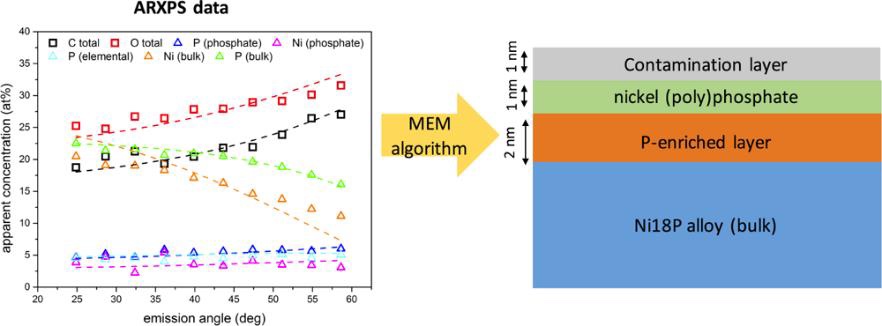MITHRIL_e

European project MITHRIL Hydrogen permeation barriers
12 August 2025
Title: Development of permeation barrier coatings for steels in hydrogen applications
Duration: from 1 October 2025 to 31 March 2029 (42 months)

European Research Executive Agency (REA), Programme for Research Fund for Coal and Steel (RSC), project number 101216702
Web page:
Web page UniCa: https://en.unica.it/en/research/research-funding-opportunities/european-funding/programme-horizon-europe/horizon-europe
Coordinator: RINA Consulting – Centro Sviluppo Materiali S.p.A., Rome, Italy
Objective: MITHRIL Project aims to contribute to the advancement of the steel sector in the hydrogen economy by facilitating the realization of an economic, effective, and durable hydrogen steel infrastructure. This will be achieved by developing, validating, and diffusing (with guidelines) hydrogen barrier coatings for steels in hydrogen applications. These coatings will impart hydrogen embrittlement-resistance properties which will prolong the service life and make materials capable of being used in hydrogen industry.
Background of the group of UNICA: The research group Surface Analysis, Electrochemistry and Corrosion of UNICA has long experience in characterizing electroless Ni-P coatings with electrochemical and surface analytical techniques, both regarding the corrosion resistance, their structure and surface composition. The main findings were that the very high corrosion resistance of Ni-P coatings (and also of amorphous Ni-P ribbons prepared by rapid quenching) is due to a nickel-phosphate surface layer of about 1 nm thickness and beneath a highly phosphorus enriched layer of about 2 nm that block the dissolution of nickel from the bulk of the Ni-P layer. This knowledge and know-how will be used to study Ni-P coatings as hydrogen permeation barriers.

Role of the group of UNICA: This knowledge and expertise will be applied to the study of Ni–P coatings as barriers to hydrogen permeation. The initial experiments will be carried out on flat steel samples coated with Ni–P in the laboratory, determining the coating’s porosity and characterizing the surface using X-ray photoelectron spectroscopy (XPS). Afterwards electrochemical hydrogen permeation tests will be performed in the modified Devanathan-Stachurski cell.
Collaboration with other groups: